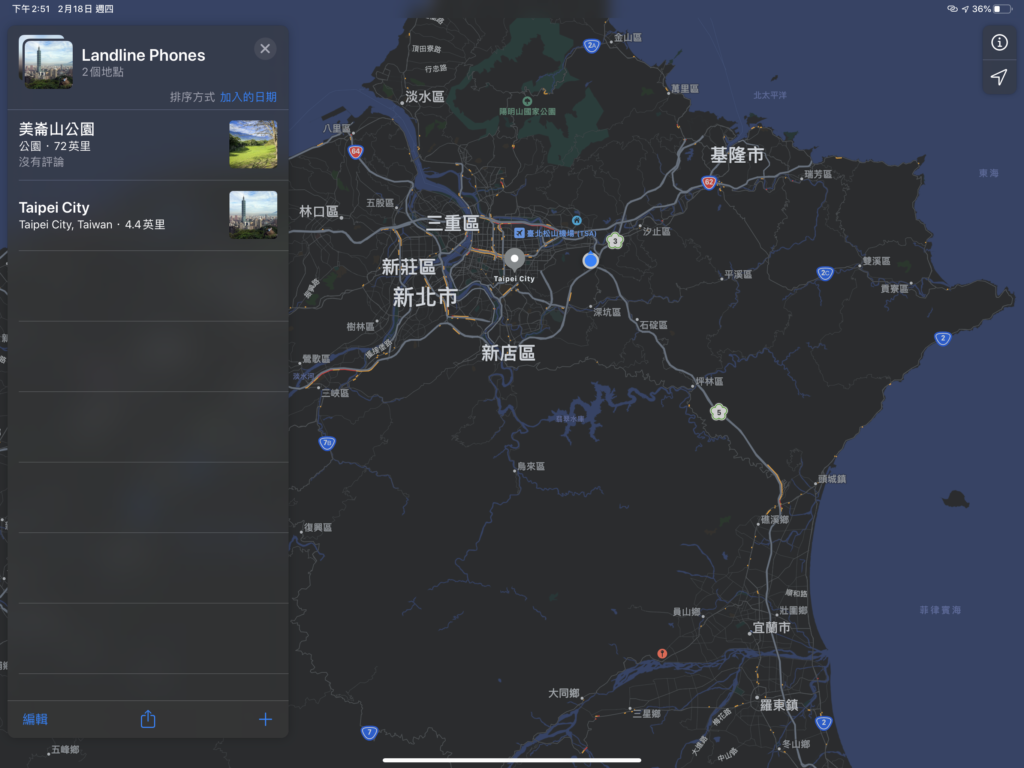I’ve been working on mapping locations (in both Google Maps and Apple Maps) on maps that are public space items, such as utility items (public landline telephones, clocks), wheelchair accessible ramps, family-friendly and handicap parking spaces. Having such features in a community is informative of the urban planning design, and my view on utility items are that they are very useful especially in high pedestrian traffic communities. Public landline telephones may seem slightly antiquated in this day and age of the cellular phone, though a landline telephone can run on as little as 30 mA through copper wires buried underground. Contrast this with a cellular phone which receives signals transmitted at powers between 0.6 W to 3 W. [For reference a walkie-talkie has ranges that are about 1 mile with transmit powers 0.25 W.] The point I am making is that landline phones are a marvelous technology and are valuable in the modern cellular interconnected age.
The incline plane or ramp is another marvelous invention. Identifying on a map curbsides that are wheel accessible, for example, can alert self driving vehicles where caution should be used during a turn.
When thinking about these seemingly disparate interests jointly, I thought of pressure sensitive meters embedded in the roads that detect vehicle movement and, that can act as switches for signal lights or gated fences. What ways would “smarter” switches and sensors such as these work in a future envisioned city? Putting these ideas onto a map makes sense as visualizing the spatial arrangement of sensors in an envisioned city may help generate an efficient grid for these devices.

Both maps are works in progress. I wonder what else we would find in the future when considering geospatial locations with utilities and sensors.